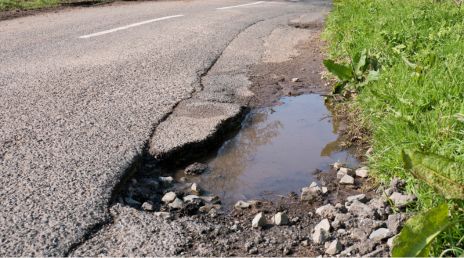Globally, the cumulative number of climate change-related litigation cases has more than doubled since 2015. Just over 800 cases were filed between 1986 and 2014, and more than 1,200 cases have been filed in the last eight years1 – of which nearly three quarters were filed before courts in the US.
Although many of these cases don’t make it to court, this is expected to change in 2023 as a group of children and young people take a case against the US state of Montana. They will argue that the state is failing to protect their constitutional rights, including the right to a healthy environment.2
The bulk of cases may still be in the US, but The European Court of Human Rights is dealing with a number of climate cases too. These include a group of Swiss women – Senior Women for Climate Protection Switzerland – who are bringing a case against the government, arguing that climate change and especially heat waves affects their health and human rights.
The outcome of these cases is being watched closely. Success could trigger further claims, against private companies as well as governments.





























